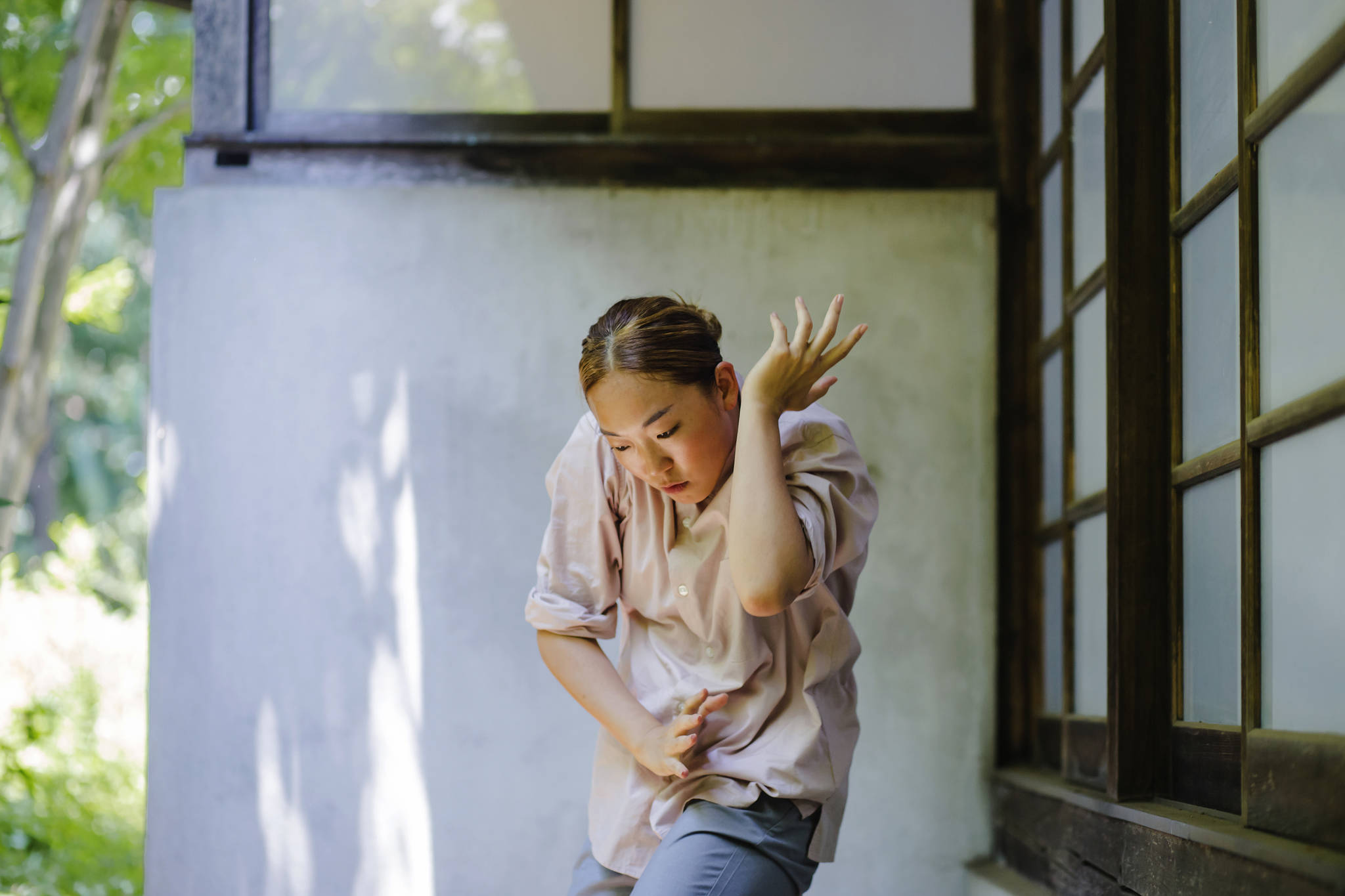One of the earliest ideas about American modern dance was that you dance who you are—your movement is your own. Reacting against the aristocratic vocabulary of ballet, modern dancers crafted their own glossary from their own sinews. Martha Graham used to talk about going into the studio to wrestle with God when she created her earliest works, and her dancers performed them with a kind of devotional accuracy—they wanted to move just like her.
But as time has passed and the art form has developed, choreographers have come to think of their dancers as collaborators rather than as acolytes, so that now we often see performers listed in the program under the choreography credit, alongside a chief dance maker. Rather than pulling movement out of their own bodies, choreographers are in charge of conceptualizing a work, and crafting movement in the same way a painter might manipulate pigments.
Part of this sea change comes from the postmodern experiments of the 1960s and ’70s, where radical artists like Yvonne Rainer rejected the theatrical conventions of previous generations. In her infamous “No Manifesto,” Rainer turned her back on the dramatic aspects of earlier works, saying “no” to a traditional checklist that included spectacle, virtuosity, and the “seduction of (the) spectator by the wiles of the performer.” In place of these qualities, postmodern dancemakers began to look to the streets for their material, using “found” movements and patterns, thereby taking some of the personal out of the equation.
And so we’ve come to a place that we could describe as crowdsourced choreography, where the movement often comes from someplace other than the dance maker. Several works on Seattle’s spring calendar use some parts of the postmodern toolkit, but one new work really exemplifies this approach.
Mark Haim’s upcoming Parts to a Sum is almost more compiled than choreographed—a tribute to friends and mentors who have been a part of his development as an artist and a person. A Juilliard-trained dancer, Haim’s career has shifted directions multiple times: He’s performed and taught around the world, run dance companies, served on university faculties, and made works for professionals, children, and everyone in between. For this new work, he turned to the contact list in his phone, calling more than 400 people who have meant something to him during all that time. He asked each of them for a five-to-10-second video of them moving—not necessarily a dance (they are not all dancers), but at least a kinetic phrase. Of those contacted, 370 sent Haim a video clip, and he’s spent the last several months learning them all.
The idea is to present them in chronological order of the submitters’ ages, from oldest to youngest. Some are from big names in the dance world, and others are far more modest, like the children of family friends. But for Haim, they are all on the same level. And he’s given them each the same painstaking attention, translating these cell-phone videos into full-bodied action. He’s crafted a few transitions, but mostly it’s a straightforward performance of an incredible laundry list. Haim’s point of view, that “everyone plays a part in someone’s life,” is reflected in his egalitarian approach.
Despite what Rainer might think, there’s a certain virtuosic aspect to this project. The task of memorizing these movement short takes and keeping them in order is a fairly daunting one. Haim occasionally compares it to a hot-dog-eating contest. But he also brings up a more metaphorical question: “How many people do we hold in ourselves?” If we are the sum of our experiences, then all the people we’ve known—good and bad, intimate and casual—are indeed reflected in our thoughts and actions, as well as our art. And in Parts to a Sum, Haim says “my aim is to get them all in there.”
Mark Haim: Parts to a Sum
April 5–13 | Velocity Dance Center | velocitydancecenter.org








